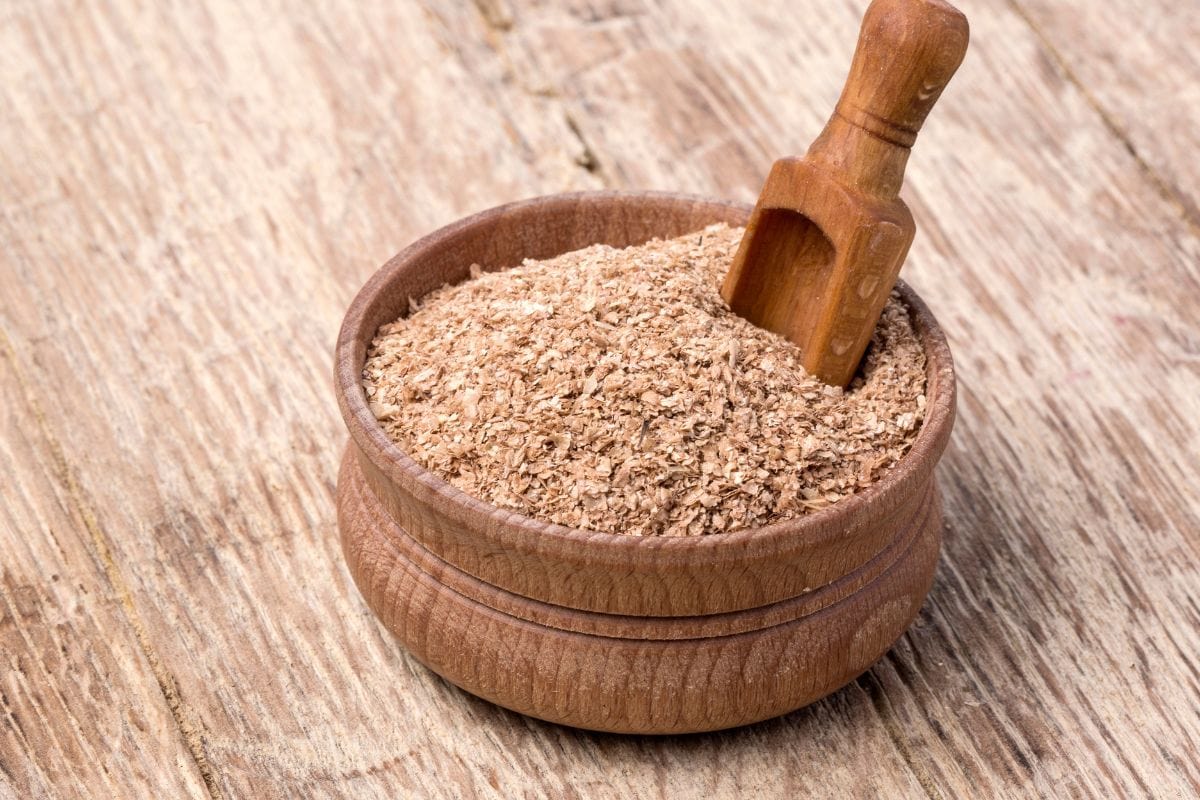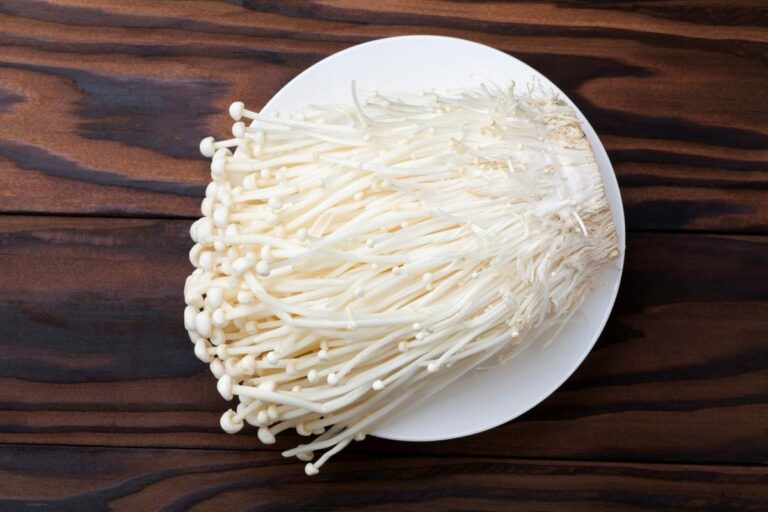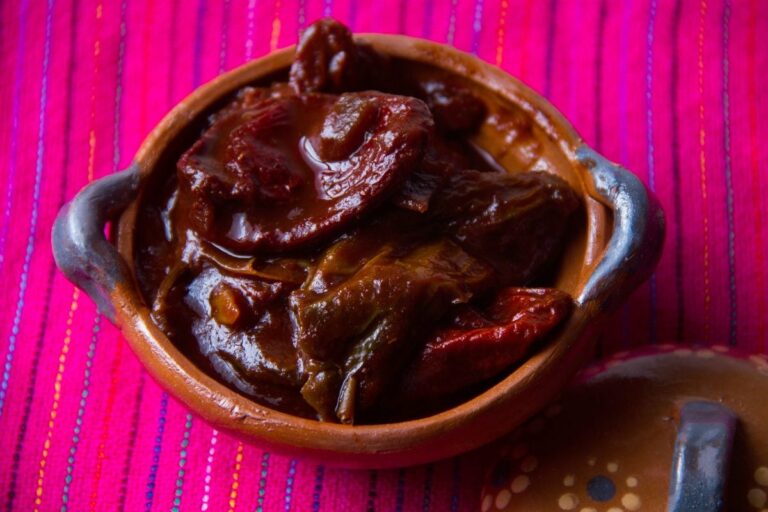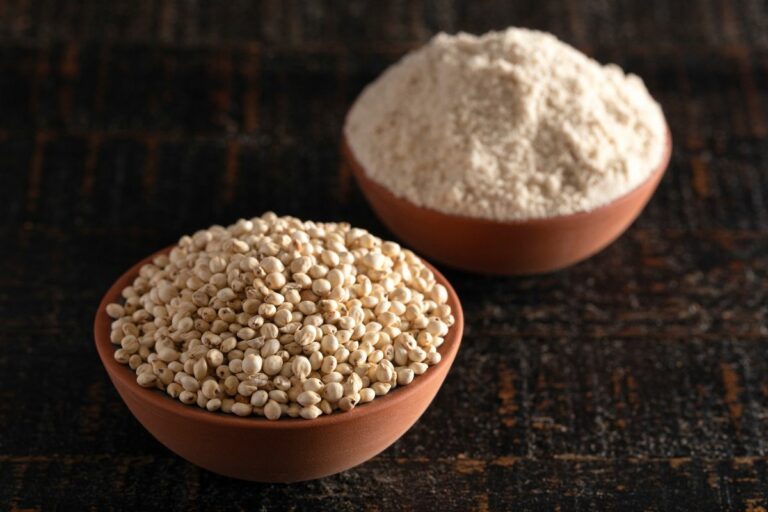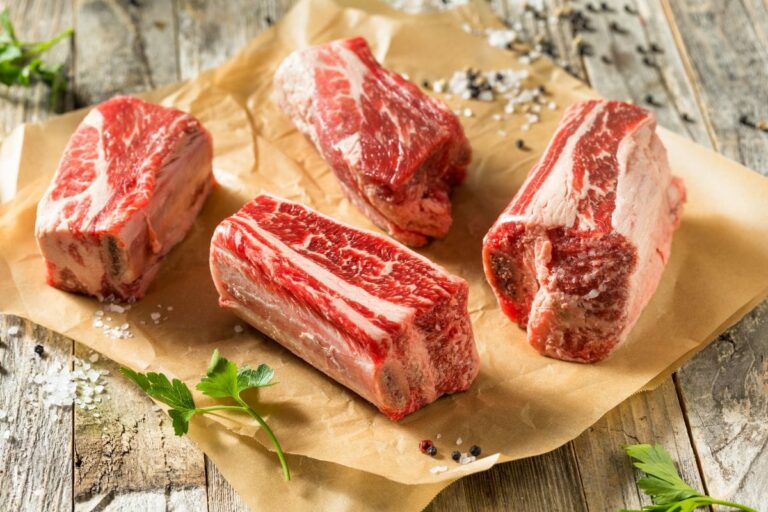Can’t Find Wheat Bran? These Flavorful Alternatives Will Add Fiber to Your Dishes!
When you’re using wheat bran in your baking or brewing, running out can be a major inconvenience. Here are some of the best substitutes for wheat bran to try.
What can you use as a substitute for wheat bran? There are a few options, but not all of them will work for every application. Whole-Wheat Flour, Wheat Germ, or Rye Bran serve as good alternatives to wheat bran. Gluten-free options include Oat Bran, Flax Seeds, Rice Bran, and Cornmeal.
Despite jumping directly to the alternatives, let’s first explore Wheat Bran and some of our favorite recipes that use wheat bran as an essential ingredient.
What is Wheat Bran?
Wheat bran is a type of bran that is made from the hard outer layer of the wheat kernel. It is high in dietary fiber and has a nutty flavor, beige color, and coarse texture. It is available in most grocery stores and is commonly used as a food additive or in baked goods.
People use wheat bran for its nutritional value. It is a good source of dietary fiber, thiamin, riboflavin, niacin, vitamin B6, iron, magnesium, phosphorus, and zinc. It also has a high insoluble fiber content, which can help to regulate digestion and bowel movements. Wheat bran is high in fiber and is known for its health benefits, such as reducing the risk of heart disease and cancer.
Recipes that use wheat bran as an ingredient
Wheat bran can be used as an ingredient for many recipes, both sweet and savory. You can use any of the above-mentioned alternatives accordingly in case you run out of wheat bran. Here are some of our favorite recipes:
- Wheat Bran Muffins: Combine 1 cup wheat bran, 1 cup all-purpose flour, 1 tsp. baking powder, 1/2 tsp. baking soda, 1/4 tsp. salt, and 2 tbsp. sugar in a bowl. In a separate bowl, combine 1 egg, 1/4 cup vegetable oil, and 1/2 cup milk. Add wet ingredients to dry ingredients and mix until just combined. Spoon batter into a muffin tin lined with paper cups and bake at 400 degrees F for 15-20 minutes.
- Wheat Bran Porridge: Combine 2 cups water with 1 cup wheat bran in a saucepan over medium heat. Cook, stirring frequently until the mixture thickens and coats the back of a spoon. Serve warm with your favorite toppings.
- Wheat Bran Pancakes: Combine 1 cup wheat bran, 1 cup all-purpose flour, 2 tsp. baking powder, 1/4 tsp. salt, and 2 tbsp. sugar in a bowl. In a separate bowl, combine 1 egg, 1/4 cup vegetable oil, and 1/2 cup milk. Add wet ingredients to dry ingredients and mix until just combined. Pour batter onto a hot griddle sprayed with cooking spray and cook until golden brown on both sides.
7 Best Substitutes for Wheat Bran
| Sr. No. | Wheat Bran substitutes | Source | Best used for |
| 1 | Whole Wheat Flour | Triticum aestivum | Tortilla, bread, cinnamon roll, shortcakes, pan rolls, French toast cookies, muffins, apple pie |
| 2 | Rye Bran | Secale cereale | Bread, pancakes, squash, salads, Rye-sotto |
| 3 | Wheat Germ | Triticum aesitvum | Meatballs, casseroles, desserts, cereals, smoothies, fish or chicken coating, soups |
| 4 | Oat Bran | Avena sativa | Smoothies, cereals, baked bread, pancakes, waffles, yogurt, cheese |
| 5 | Flax Seeds | Linum usitatissimum | Meatloaf, pancakes, black bean burgers, cookies, pudding, smoothies, bread, wraps, muffins |
| 6 | Rice Bran | Oryza sativa | Crackers, pasta, fruitcakes, scones, soups, sauces, bread |
| 7 | Cornmeal | Zea mays | Muffins, cakes, bread, pancakes |
1. Whole Wheat Flour
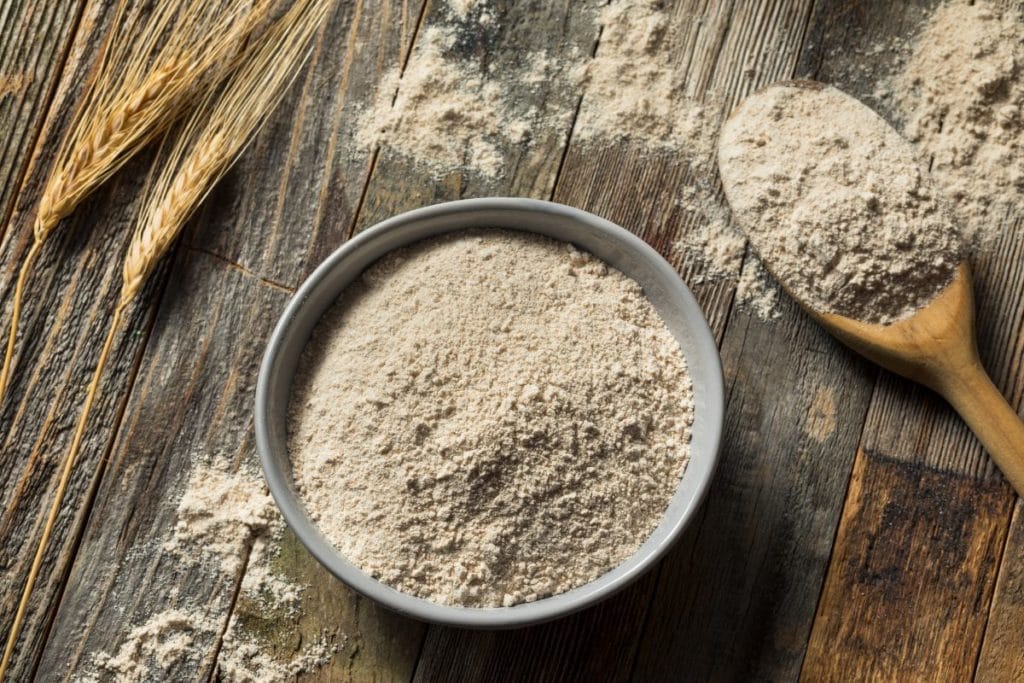
Whole wheat flour is a great substitute for wheat bran. It has a similar origin – both are derived from the milling of grains – but whole wheat flour has a different color, flavor, and texture. It’s also best used in recipes that call for baking, as it helps to give structure and rise to baked goods.
Nutritionally, whole wheat flour is a good source of fiber, magnesium, and thiamin. It also has a lower glycemic index than wheat bran, meaning it won’t cause as much of a spike in blood sugar levels.
However, there are some key differences between wheat bran and whole wheat flour. Wheat bran is higher in fiber and protein than whole wheat flour, and it also contains more vitamins and minerals. Whole wheat flour is lower in fat than wheat bran, but it contains more carbs.
2. Rye Bran
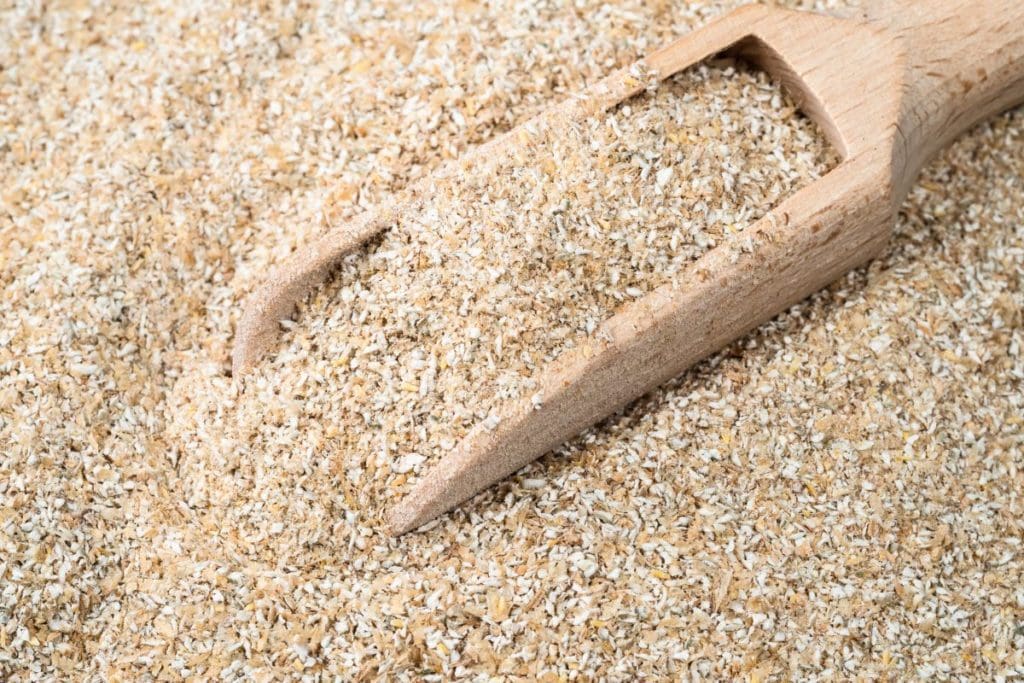
Rye bran is a type of bran that is made from rye grain. Just like wheat bran, it is a great source of dietary fiber, which can help to regulate digestion. Rye bran also has a nutty flavor and a slightly crunchy texture, and it is light brown in color.
Due to its flavor and texture, rye bran is a popular ingredient in many recipes. It can be used as a substitute for wheat bran in most recipes, and it also has some nutritional benefits that wheat bran doesn’t have. For example, rye bran is a good source of magnesium, which is important for maintaining bone health.
Although rye bran and wheat bran have some similarities, they also have some differences. Rye bran contains more protein than wheat bran, and it doesn’t contain any gluten. This makes it a good choice for people who are gluten-free or have gluten sensitivities.
3. Wheat Germ
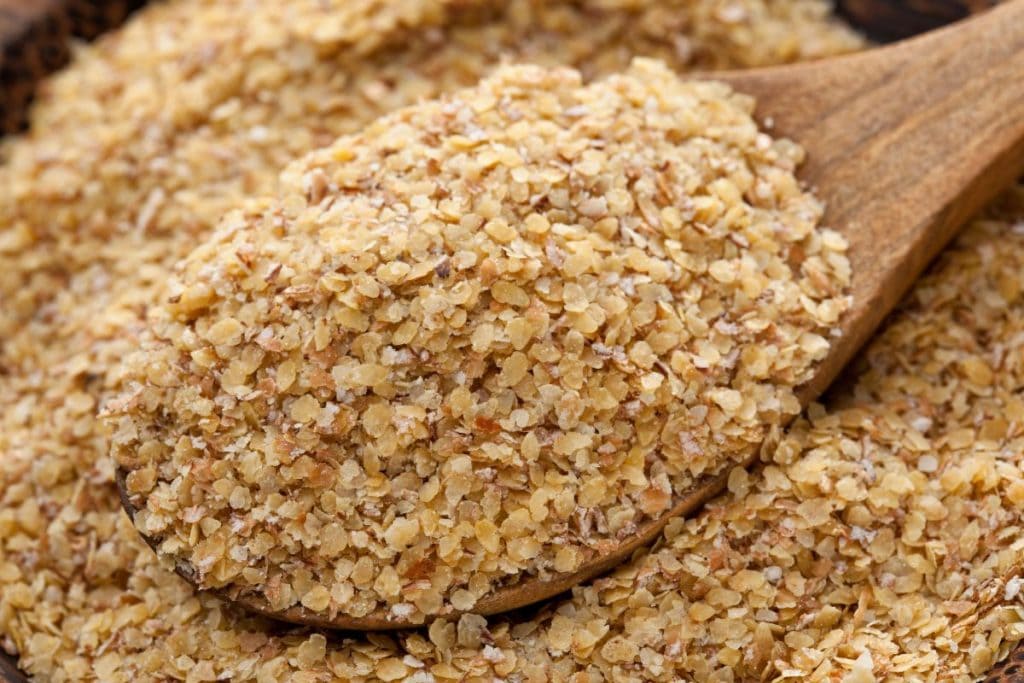
Wheat germ is a by-product of wheat milling, and it’s the part of the wheat kernel that contains the highest concentration of nutrients. Unlike wheat bran, wheat germ is rich in vitamins, minerals, and essential fatty acids. It has a nutty flavor and a slightly granular texture, and it’s pale yellow in color.
Wheat germ is most commonly used in baked goods, like bread and muffins. It can also be added to smoothies, oatmeal, or yogurt for an added nutrient boost. Compared to wheat bran, wheat germ is a bit higher in calories and carbs, but it also contains more protein and fiber.
4. Oat Bran
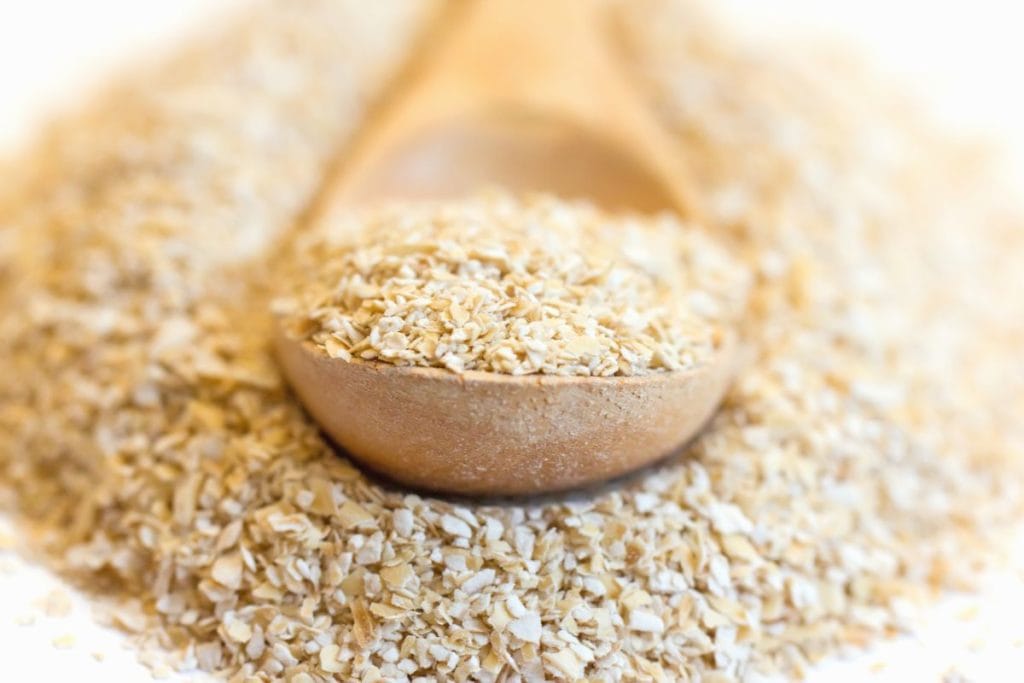
Oat bran is a great alternative to wheat bran when you run out. It has a similar origin, but the two brans have different flavors, textures, and colors. Oat bran is best used in recipes that call for wheat bran as a binding agent because it helps bind ingredients together during baking.
It also has nutritional benefits that are similar to wheat bran. Oat bran is lower in calories and fat than wheat bran and it also has more fiber. The main difference between the two is that oat bran contains more carbohydrates than wheat bran. Oat bran is a gluten-free alternative to wheat bran.
5. Flax Seeds
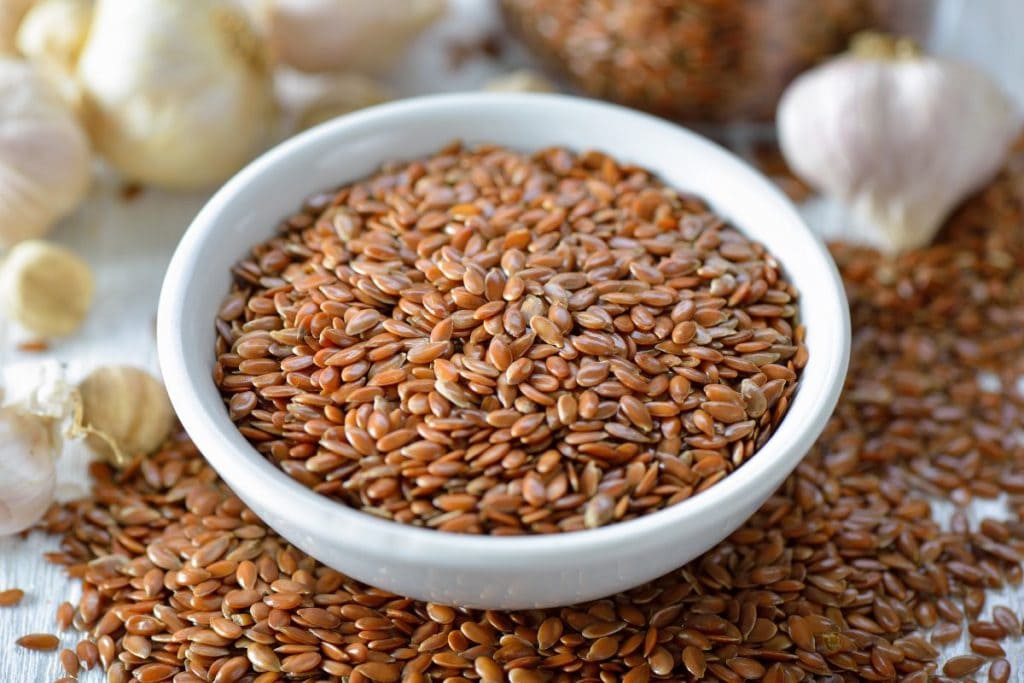
Flaxseeds are a great substitute for wheat bran especially to make smoothies. They come from the flax plant and are about the size of a sesame seed. They have a nutty flavor and a slightly crunchy texture. When ground, they have a light golden color. They are also considered a gluten-free substitute.
Flaxseeds are high in fiber and omega-3 fatty acids, and they also contain lignans (Phytoestrogens) – a type of phytonutrient. All of these nutrients offer health benefits, such as reducing the risk of heart disease and cancer, improving cognitive function, and lowering blood pressure. The fiber in flax seeds makes them a great choice for improving digestion and skin health
Flaxseeds are similar to wheat bran in that they’re both high in fiber and work well as a thickener in recipes. However, flaxseeds have a milder flavor than wheat bran, so they may be a better choice if you’re trying to avoid that “wheat-y” taste.
6. Rice Bran
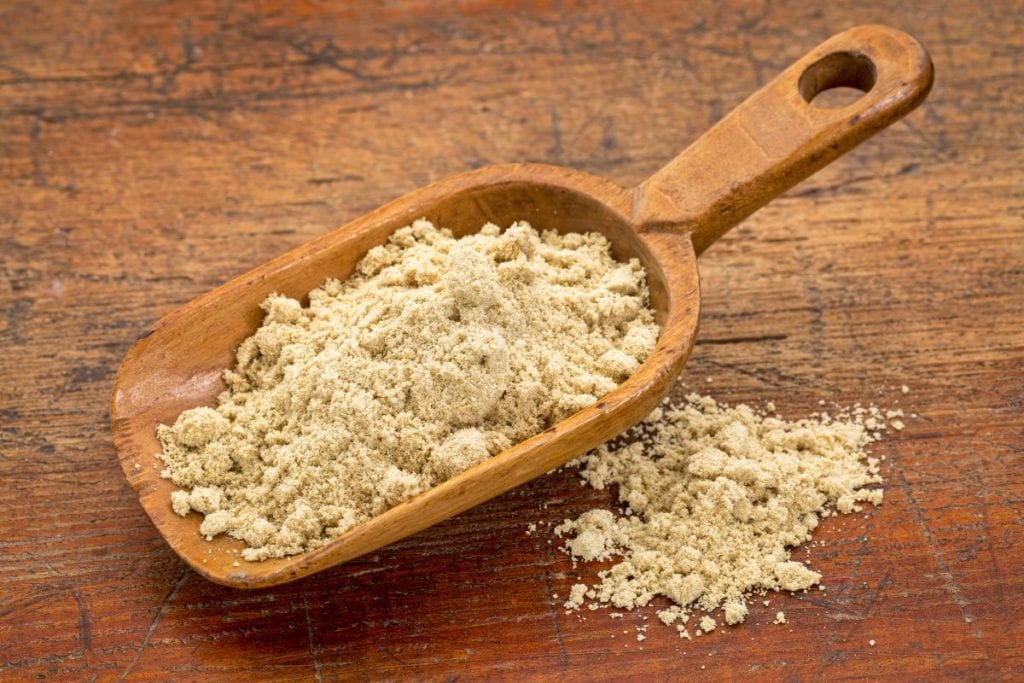
Rice bran is a great substitute to help you maintain your gluten-free diet. It has a similar origin, flavor, texture, and color, but it also has some unique benefits that wheat bran doesn’t have. Rice bran is high in fiber, vitamins B1 and B6, and minerals like magnesium, zinc, and selenium. It’s also a good source of antioxidants.
Because of its nutritional benefits, rice bran is a popular ingredient in Asian cuisine. It’s often used as a thickener in soups and stews, and it adds a nutty flavor and slight crunch to dishes. Rice bran is also great for binding ingredients in baking.
7. Cornmeal
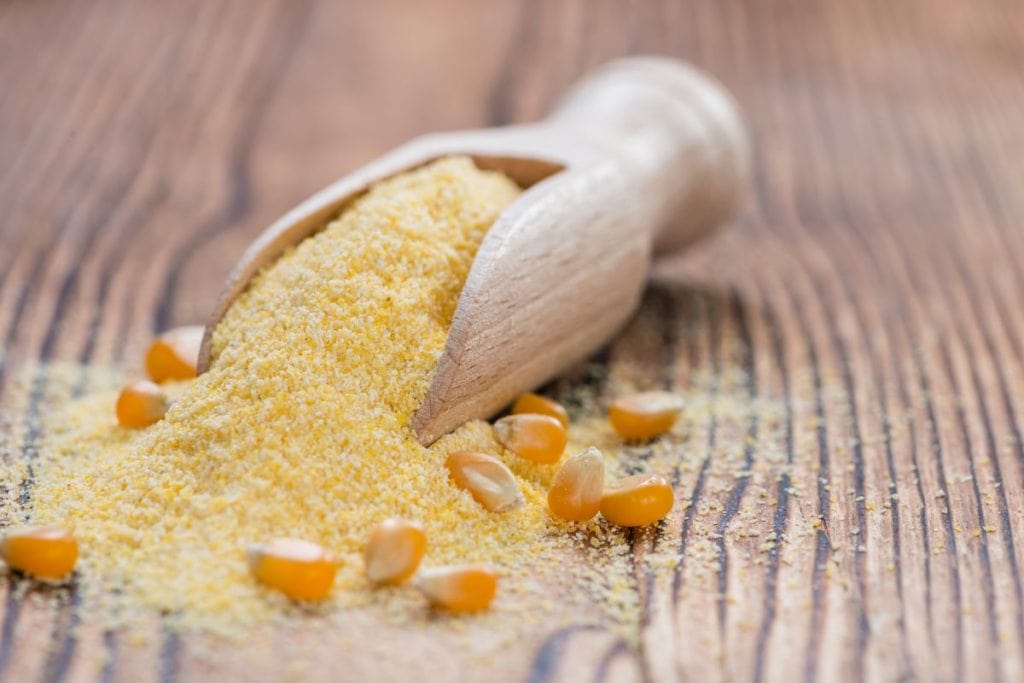
Cornmeal is another great substitute for wheat bran to make gluten-free meals. It has a slightly sweet flavor and a gritty texture that helps to thicken and bind ingredients together. Cornmeal also has a pale-yellow color, which can be used to lighten up recipes.
One of the best things about cornmeal is that it’s available in most grocery stores. It’s also a good source of fiber, protein, and minerals like magnesium, potassium, and zinc. There are some similarities and differences between cornmeal and wheat bran, so make sure to do a bit of experimentation when using it in recipes.
Conclusion
Wheat bran is often used as an ingredient in recipes, or as a means of adding dietary fiber to the diet. However, if you find yourself without any wheat bran on hand, use any of the above-mentioned alternatives as per your dish requirement.
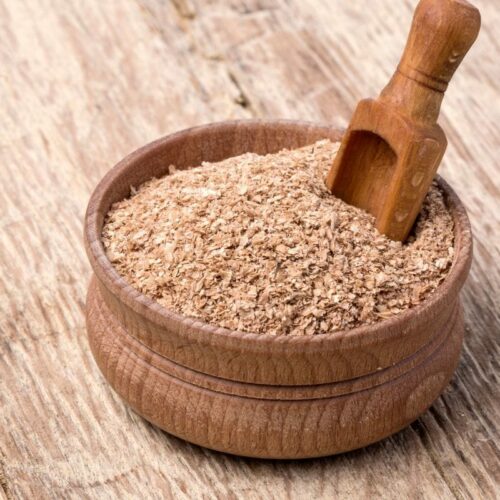
7 Best Substitutes for Wheat Bran
Ingredients
- Whole Wheat Flour
- Rye Bran
- Wheat Germ
- Oat Bran
- Flax Seeds
- Rice Bran
- Cornmeal
Instructions
- From the list of substitutes above, pick your favorite to use in its place.
- Use your imagination and be creative with these substitute recipes!

